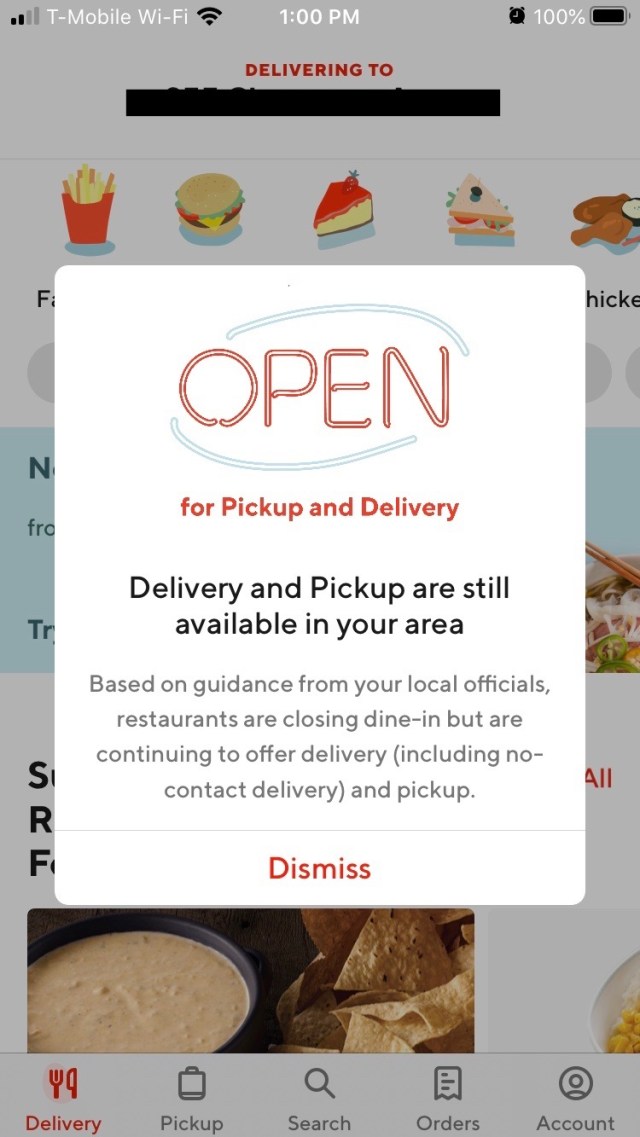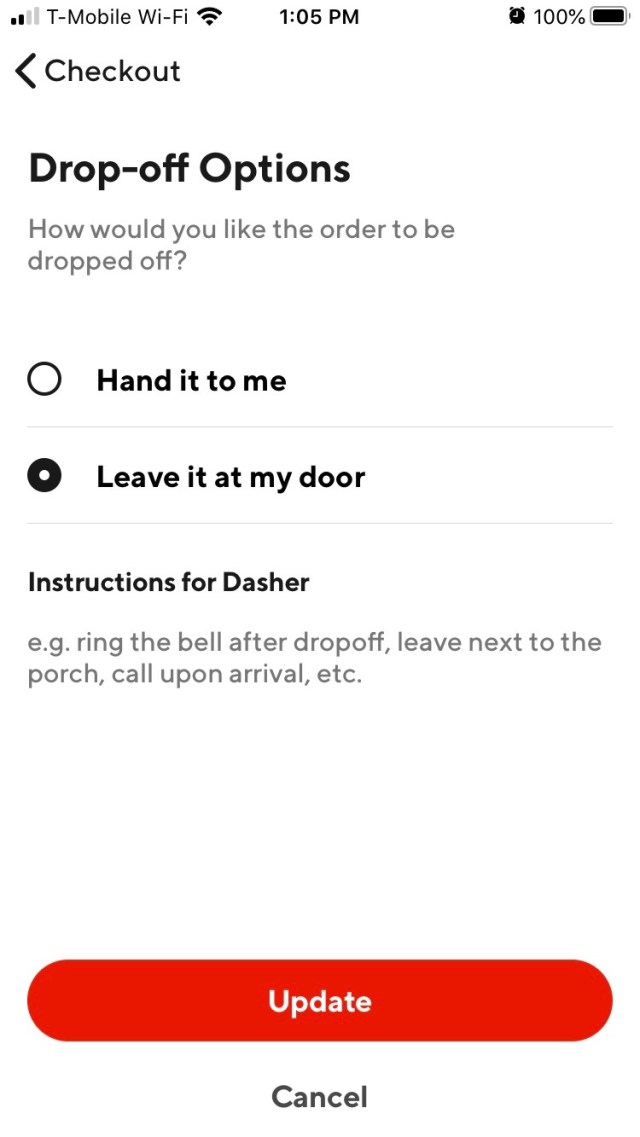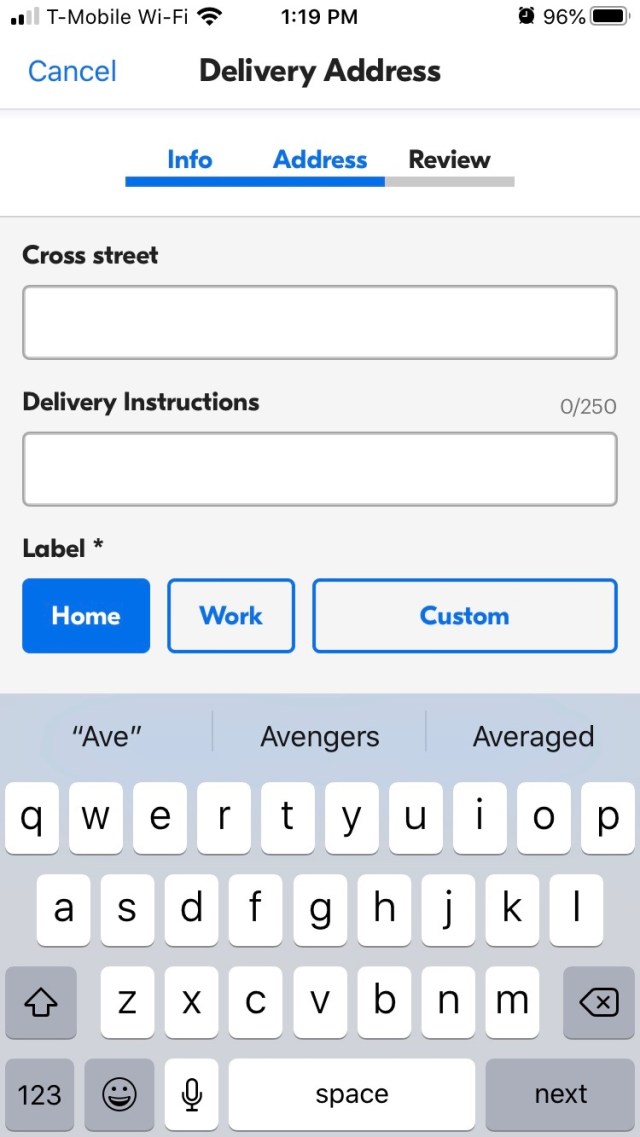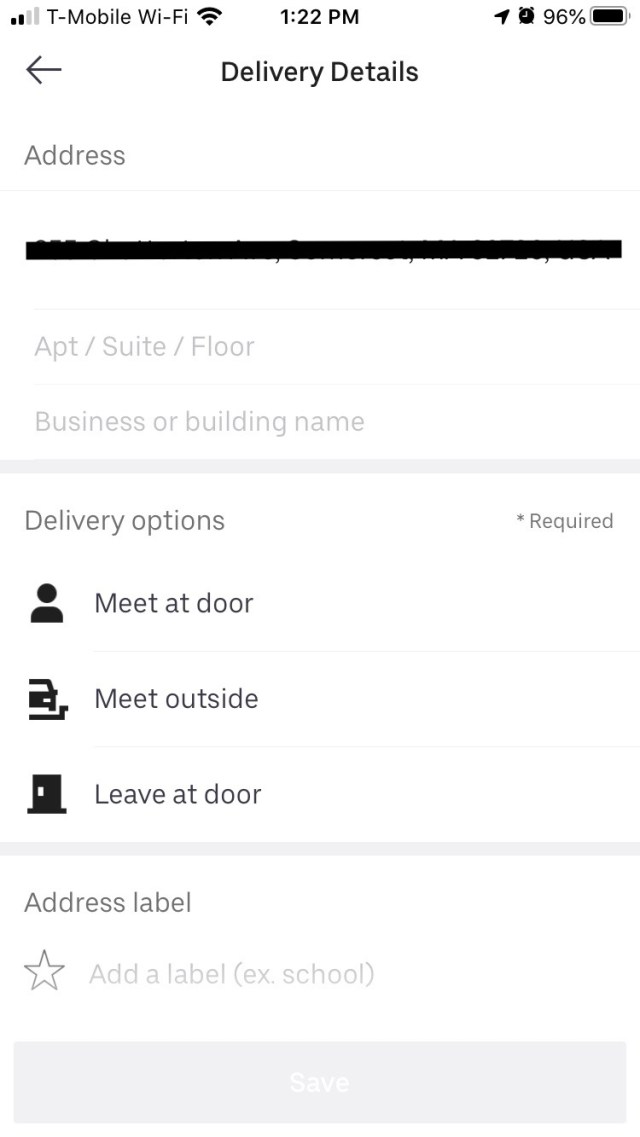With illnesses on the rise, restaurants across the globe have had no choice but to temporarily bar guests from dining in. Fortunately, mobile ordering has made it easy for those of us sheltered at home to conveniently order takeout using popular delivery apps like GrubHub and DoorDash. Now many restaurants are even offering in-house delivery options.
While it’s great to support local businesses and courier drivers, it’s still important to consider some of the health risks associated with mobile ordering. Below, we take a look at what precautions restaurants and delivery services are taking to keep their employees and customers safe, as well as what measures you can take to stay protected when ordering out.
Who should deliver?
When choosing where to order from, we recommend opting for restaurants the offer in-house delivery. It removes one potentially contagious party from the assembly chain that brings you your food. Simply put, the less people touching your food, the better.
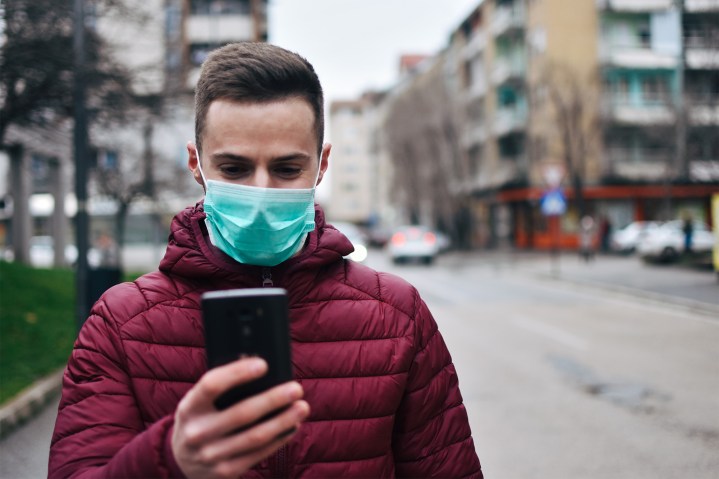
If your restaurant of choice doesn’t offer in-house delivery, companies like Grubhub, DoorDash, and Uber Eats are always great courier services that reliably get your food from a restaurant to your home. What’s even better about mobile ordering is all of the specific delivery choices you can make within the courier apps.
Drop-off options
We thumbed through the apps of some of the most popular mobile ordering companies. The snapshots below are from the pages of DoorDash, Grubhub, and Uber Eats. It’s clear that all are germ-aware.
Before we could even order, a disclaimer on the DoorDash homepage assures that DoorDash and our local restaurants are working together to offer contactless drop-off options. The second image is DoorDash’s checkout screen, where you can make specific delivery choices and even leave instructions for the Dasher doing your run. Grubhub and Uber Eats are right on the same page.
The above left is the address page for Grubhub, where you can add specific delivery instructions that are saved to your profile. The image to the right is part of the Uber Eats checkout, where you can opt to have your food left at the front door — no human interaction required. Uber is also waiving all delivery fees.
When calling in restaurant-direct deliveries, use that phone call to inform the host where you would like their driver to leave your food, whether that be curbside, front door, or another designated location.
From the kitchen to the car
Chances are that many of your dining haunts are adhering closely to CDC guidelines to keep their kitchens and your food germ-free — but how safe is the food once it enters your Dasher’s hatchback? The answer is pretty hopeful.
Mobile ordering companies are going above and beyond to keep their drivers and customers safe, sanitary, and informed. Postmates went heavy with contactless delivery earlier this month, weeks before other couriers jumped on board. Additionally, an entire section of their site’s support page is dedicated to germ and safety awareness, info for couriers and clients alike. Grubhub has also shared CDC guidelines with all their drivers, and is providing financial support for employees on leave.
In terms of your driver’s actual car: Earlier this month, Uber Eats announced it was supplying most of its fleet with sanitary supplies to keep their vehicles disinfected. DoorDash also shared the news that they were sending out hand sanitizer and gloves to all of their drivers. It’s clear that most restaurants and courier services are doing what they can to keep everyone safe and germ-free — so what can we do on our end?
Good tip and good review
Delivery drivers and restaurants are on the front lines right now, offering much-needed goods and services at a crucial point in time. When it comes time to tip your driver, be generous. Try to tip at least 20%. If you’re using a delivery app, tip through the app itself. Cash money is a known playground for all kinds of germs. Then, take a moment to leave a quick review for your driver.

You can do this in the DoorDash app by tapping Deliveries, selecting the order you want to leave a review for, and tapping Rate. You can also leave feedback by visiting the support pages of most delivery apps and sites.
Disinfecting

While the grub in those bags may not be contagious, the same can’t be said of the food containers themselves. Many germs can linger on surfaces like plastic and cardboard for up to a week, so the safest bet is to pitch those containers straight into your recycling. Store your leftovers in some Tupperware or plastic wrap.
Once your courier is out of sight, it’s wise to do a quick disinfect of the areas in your home that the food packaging comes in contact with. Be sure to wash first with soap and water, followed by a disinfect with a proper bleaching agent, and don’t forget to wash your hands with warm water and soap for at least 20 seconds.
Dinner time
This is an adjustment period that both restaurants and their customers are still getting used to. Like all things health and wellness related, it’s always worth keeping up on the latest news regarding food service rules and restrictions. We’ll keep doing our part to keep you informed with up-to-date news on the virus, and its effect on all things tech.
